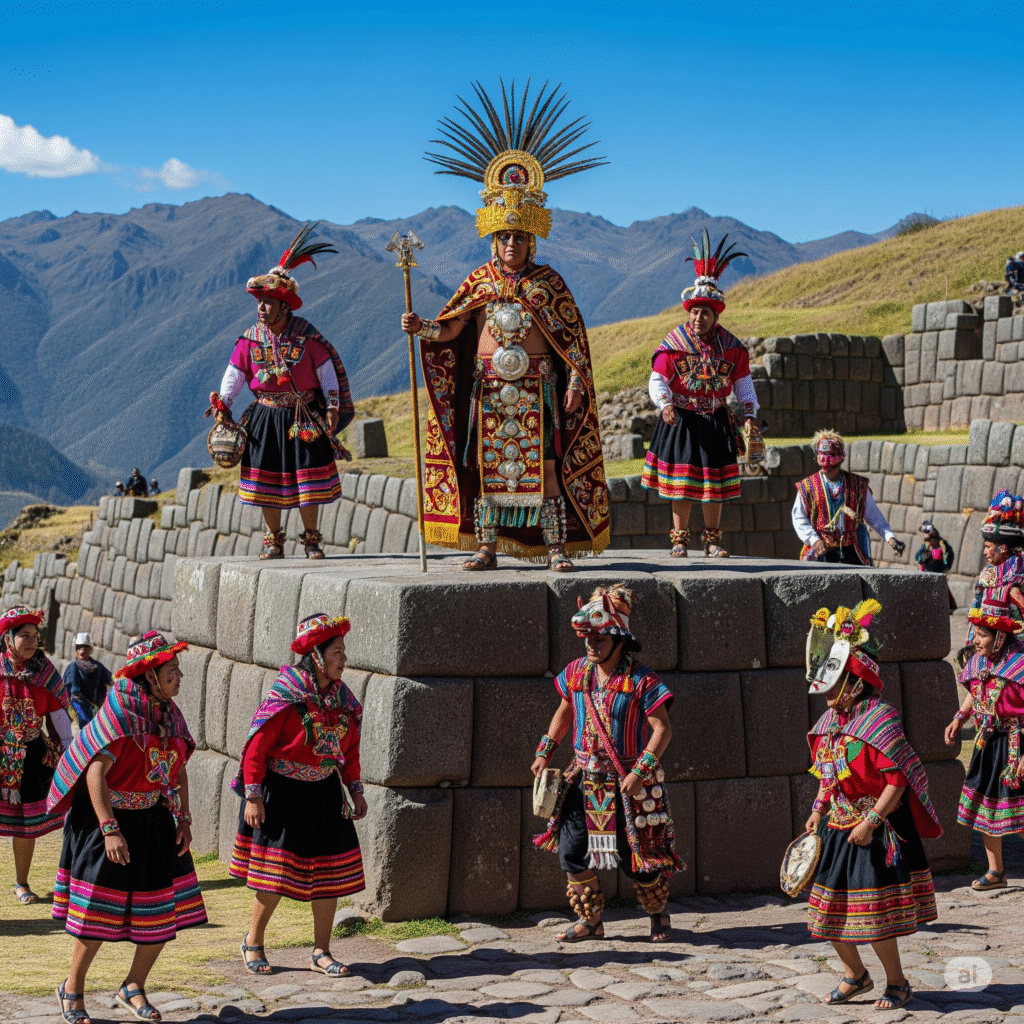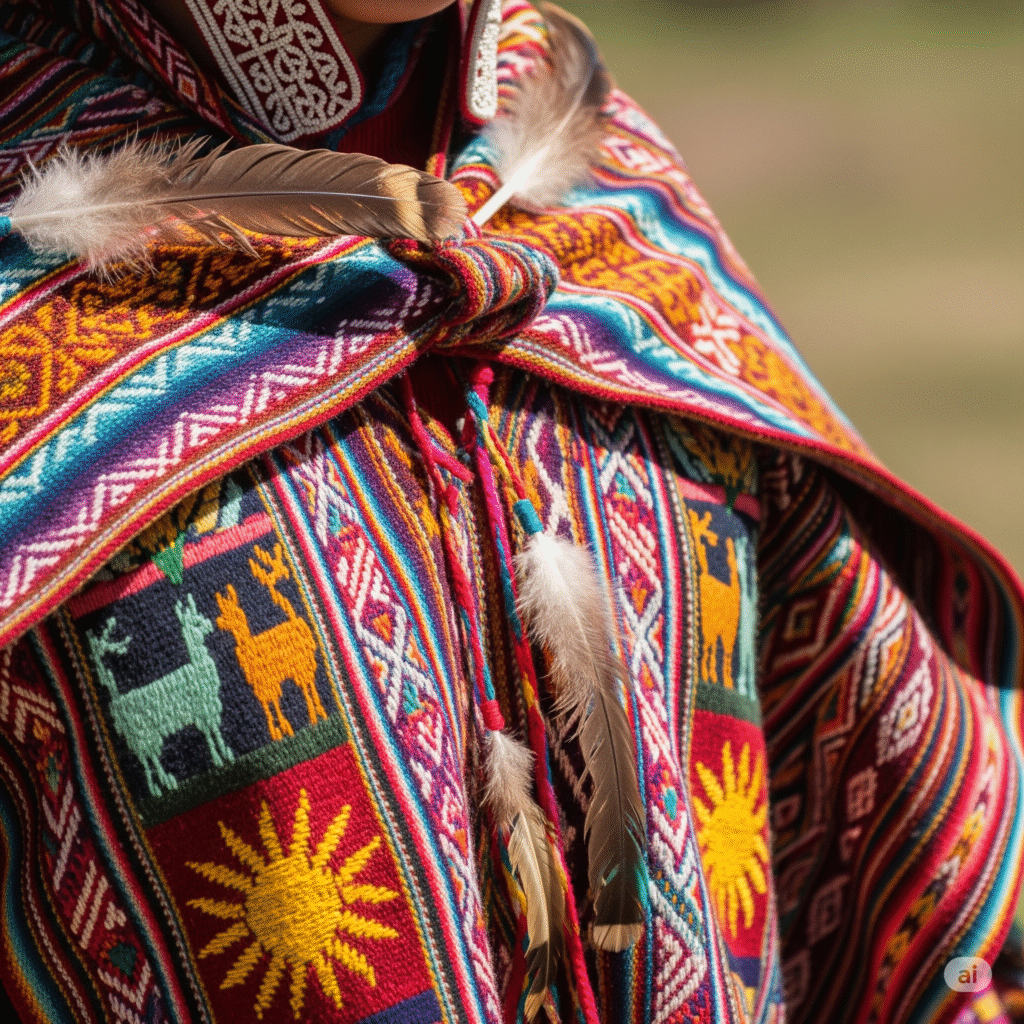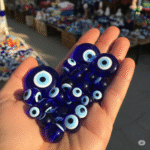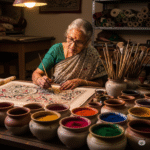High in the Andes Mountains of Peru, every June 24th, the ancient city of Cusco bursts into vibrant celebration. Dancers in bright costumes fill the streets, golden altars shine in the sunlight, and chants echo through ancient stone plazas. This is Inti Raymi, the Festival of the Sun, once the most important ceremony of the Inca Empire and now a powerful expression of cultural pride and indigenous identity.
What Is Inti Raymi?
Inti Raymi, which means “Sun Festival” in Quechua, was held by the Incas to honor Inti, the sun god. The Inca civilization believed Inti was the father of the Inca ruler and the source of all life. The winter solstice, which falls around June 21 in the Southern Hemisphere, marked the time when the sun began its return after the longest night of the year. The Incas celebrated with offerings, dances, and feasts to thank the sun and ask for a good harvest.
Today, Inti Raymi is a historical reenactment and cultural revival. Though it no longer includes sacrifices, it preserves much of the traditional music, clothing, and rituals of the original celebration. Thousands of Peruvians and tourists alike gather in Cusco each year to witness this spectacular event.
The Setting: Cusco and Sacsayhuamán

The festival begins in the heart of Cusco, once the capital of the Inca Empire. A procession starts at the Qorikancha temple, the former Temple of the Sun, where the high priest gives thanks to Inti. From there, participants follow the Inca emperor and his royal court through the streets to the sacred ruins of Sacsayhuamán, a fortress with massive stone walls overlooking the city.
Here, on a wide grassy field surrounded by mountains, the main ceremony unfolds. Actors playing Inca nobility perform ancient rituals, priests offer symbolic sacrifices like chicha (corn beer) and llama wool, and dancers from across Peru represent the diverse communities of the Andes.
Color, Costume, and Symbolism
One of the most captivating aspects of Inti Raymi is the explosion of color and costume. The Inca emperor, known as the Sapa Inca, wears a towering golden crown and a cloak of feathers. Queens and nobles wear traditional Andean textiles woven with sacred symbols. Each dance group showcases unique patterns, masks, and movements drawn from regional folklore.
Drums, flutes, and conch shells provide a rhythmic backdrop as hundreds of performers reenact stories of the sun, moon, and earth. Every gesture and design has meaning, reflecting the Inca worldview of harmony between humans and nature.
Modern Meaning and Cultural Revival
Although the Spanish banned Inti Raymi during the colonial era, it was revived in the 20th century as a way to reconnect with indigenous heritage. Since 1944, the festival has been officially celebrated again, blending traditional Inca practices with theatrical performance.
Today, Inti Raymi is more than just a show. For many Peruvians, especially Quechua-speaking communities, it is a moment of pride and remembrance. It highlights the resilience of native traditions that survived colonization and modern change.
Tourism and Preservation

Inti Raymi is now one of Peru’s most visited cultural events. Visitors from around the world travel to Cusco to experience the spectacle. However, organizers work closely with local communities to ensure that the event stays respectful and true to its roots.
Tickets to the main performance are sold in advance, but many parts of the celebration are free to attend. Tourists are encouraged to learn about the festival’s meaning and support local artisans who sell traditional crafts during the weeklong events.
A Celebration of Light and Legacy
Inti Raymi is a stunning reminder of how ancient wisdom continues to shape modern identity. It celebrates the power of the sun not just as a physical force, but as a symbol of life, unity, and spiritual connection. Whether you see it in person or through a screen, the festival radiates a timeless energy that lights up the soul.






